Sharing Spaces: Creative Tips for Designing a Shared Kids' Room
Designing a room for multiple kids can be a challenge, but with a little creativity, it's possible to make it work. Here are five tips to create a spacious and inviting shared kids' room.
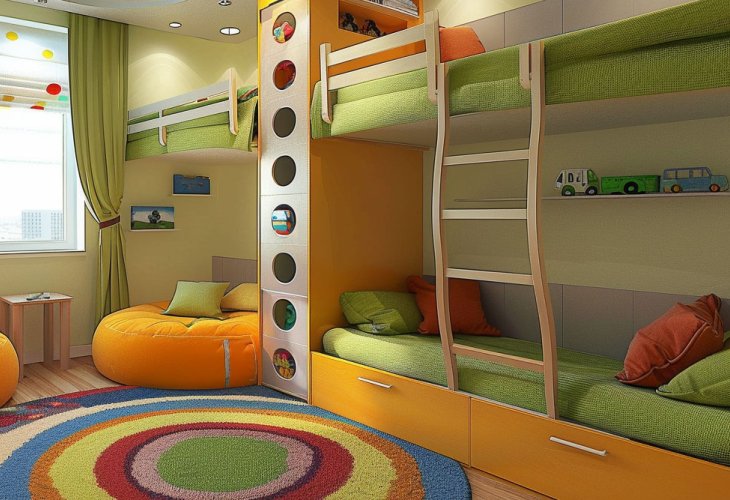
Imagine fitting five children in one room and still giving each their own space. Can five or even six kids share a room and still enjoy the experience? These are common questions for parents of large families dealing with small or even tiny rooms in apartments. Despite the challenges, parents manage, and here’s how you can make a standard kids' room more roomy and comfortable for everyone:

If you're in this boat, there are simple steps to making a shared kids' room more spacious and pleasant for each child:
1. Choose the Right Furniture
Whether buying new, second-hand, or working with what you have, focus on the size of the furniture. A large bunk bed might seem convenient but could dominate the room. Sometimes placing three beds side by side or using two expandable twin beds is better than a bulky bunk bed.
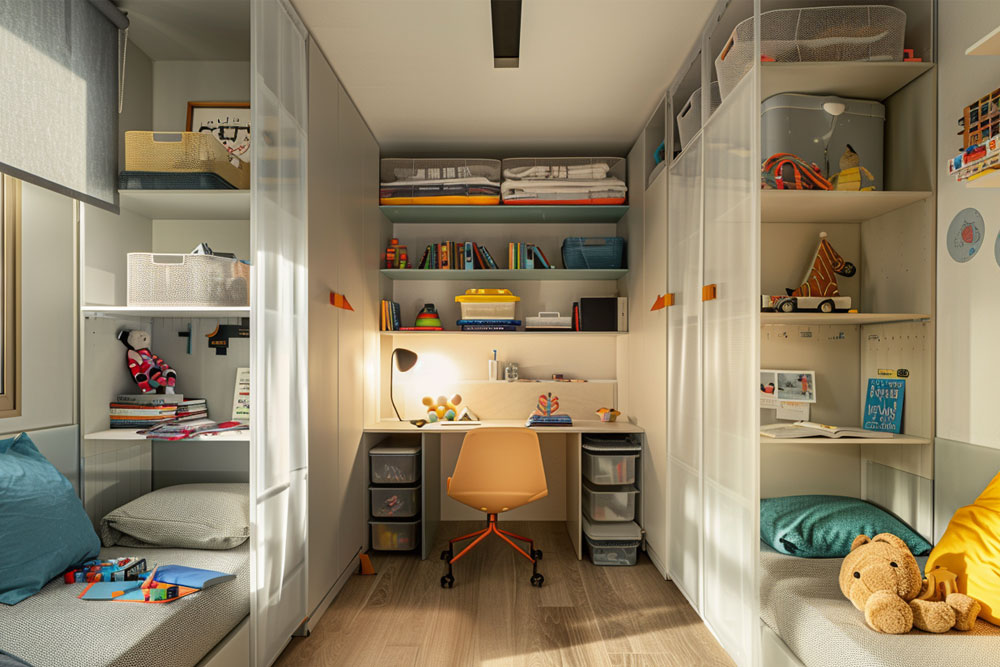
2. Personal Space for Each Child
Ideally, each child would have their own desk for homework, but even in single rooms, this isn’t always possible. Still, creating personal space is crucial. Instead of desks, consider shelves for books and personal items, and small drawer units or wall shelves with storage boxes. Lack of space can inspire creativity—maybe you'll discover a hidden talent.
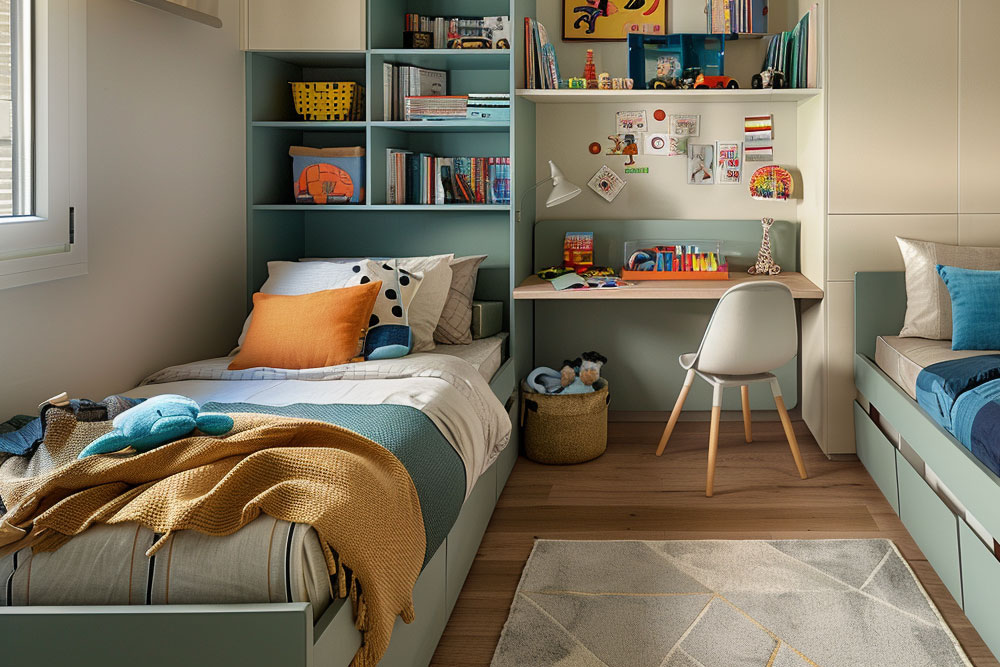
3. Smart Room Arrangement
People often push furniture to the corners to create space, but think outside the box. If the room is big enough, maybe use a bunk bed as a divider. If there’s space for a desk, why not face it away from the wall? Use existing furniture to make a comfortable space for the kids.
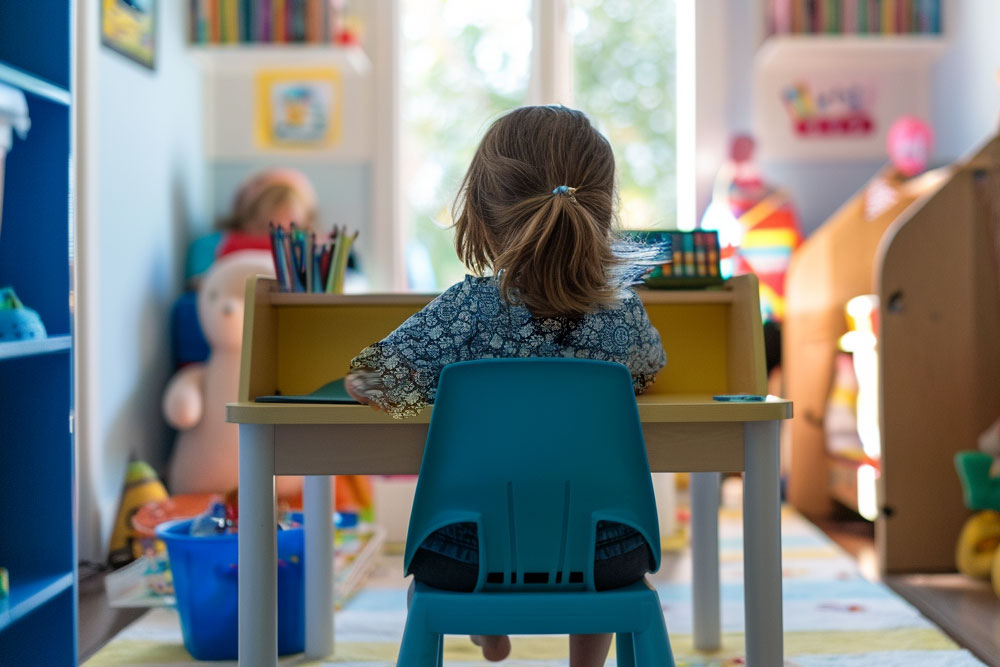
4. Rug or Shelf?
Even if a rug seems unnecessary, it can define play areas, while a large bookshelf against a wall can designate study or storage areas. Consider if a large cube shelf could replace many small storage units, saving space.

5. Appreciate What You Have
The most important point - remember what seems like a "small room" to us may be a palace to someone else. Beyond proper design, provide kids with a positive message about sharing a room. Highlight the fun and warmth of it. Western culture often promotes having a room alone, but studies show many benefits of siblings sharing a room:
- Stronger Bonds: Research in "Child Development" found children sharing rooms have stronger sibling bonds, increased cooperation, and conflict resolution skills.

- Increased Confidence: The "Journal of Child Psychology and Psychiatry" reported higher self-confidence in kids sharing rooms, willing to try new things and believe in themselves.
- Reduced Stress: Research in "Pediatrics" indicated lower stress levels and less anxiety and depression among kids sharing rooms.
Of course, these benefits don’t negate the need for privacy, and exceptions exist. It's important to assess individual needs and make suitable joint decisions.
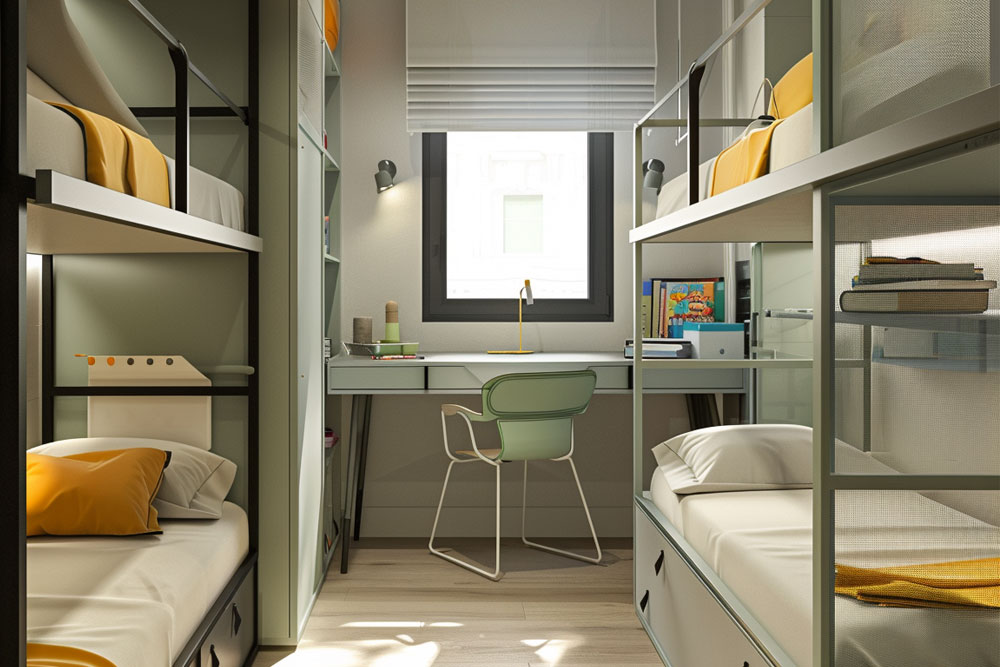
In the end, siblings sharing a room can be a wonderful experience remembered for years to come. With planning and attention, a room can be pleasant and inviting, offering emotional and developmental benefits.
Have more tips for shared room design? Let us know in the comments.

